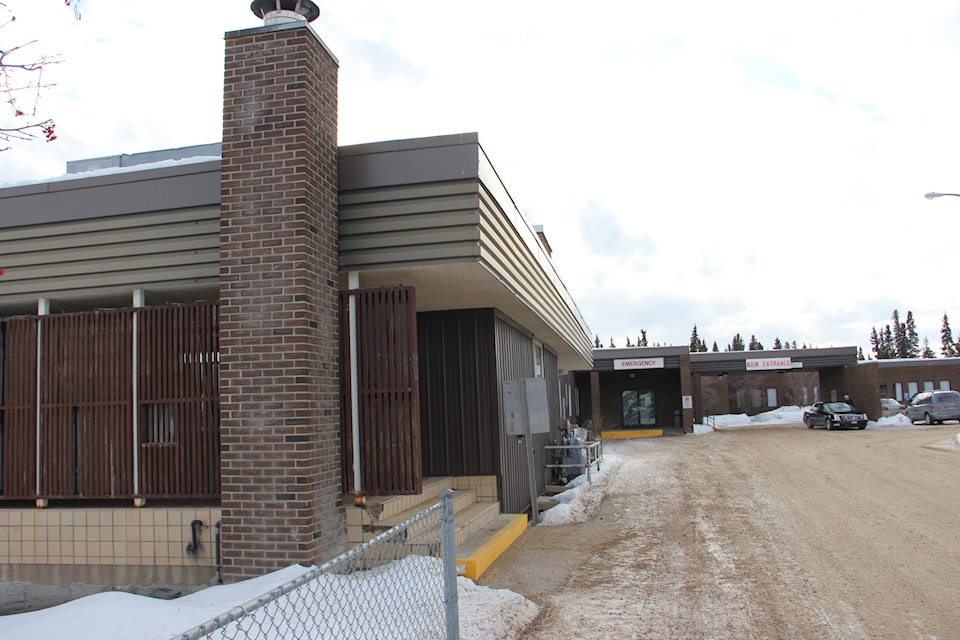Since 2015, the GNWT has been planning to build a 48-bed long-term care facility in Hay River.
That target number for beds has now been dropped, although the territorial government is still saying a facility will be built, but with fewer beds.
The change comes as the GNWT has released updated long-term care bed projections for the territory.
Health and Social Services Minister Julie Green tabled the new projections in the legislative assembly on March 11.
The new projections foresee an additional 169 long-term care beds being required in the NWT by 2034. That is a significant reduction from projections in 2015 that identified a need for 435 beds in the same time frame.
In comments to The Hub, Perry Heath, the director of infrastructure planning with the Department of Health and Social Services, said the new projections do not support the economies of building a 48-bed long-term care facility in Hay River.
"We haven't decided exactly what we're going to build in Hay River," he said. "That's going to come through the dialogue and the engaging with the stakeholders, but right now the projections do not substantiate building 48 beds in Hay River."
Heath said the GNWT remains committed to making a "significant investment" in long-term care beds in Hay River, and the stakeholder engagements will begin soon.
The GNWT is still planning to build a facility where the old H.H. Williams Memorial Hospital now stands.
"Actually, the intention is this summer we will initiate action to decommission and demolish the old H.H. Williams," said Heath. "That's been our plan for a while. Our hope is that we can start activity with that this summer, because in all fairness that is the ideal location for a new long-term care facility, directly adjacent to the existing Woodland Manor facility."
The GNWT official said construction could start in as little as 12 to 18 months, depending on how things go.
"The modular components, the size of the rooms, the configuration of the space, we've already done that. We already had a previous schematic design that can be easily adapted," he said.
However, he cautioned that such construction depends on things like contractor availability, and predictions on building projects are more difficult in this time of Covid-19.
Since the 2015 projections were completed, the Department of Health and Social Services has added long-term care beds with a new facility in Norman Wells and the expansion of another facility in Behchoko.
Heath said the focus will now be on Hay River and Inuvik.
"Once those projects are underway, we will be making investment in other areas, as well," he said. "So right now our projections suggest that we need facilities in Hay River, Inuvik, Fort Smith, Fort Simpson and potentially even Yellowknife sometime in the future. Those farther-off facilities, the finalization has not been made on any of them, but they're on the radar, they're in the projections. But we're going to start with Hay River and Inuvik, and the other ones will follow suit."
Sandra Mann, the director for seniors and continuing care services with the Department of Health and Social Services, said there are currently 25 long-term care beds at Woodland Manor, including 10 that were moved from H.H. Williams Memorial Hospital.
"We do have a waitlist for individuals for the Hay River facility," said Mann, noting that, as the population increases in the community, additional long-term care beds will be needed.
There are eight people currently on the waitlist.
In a statement to the legislative assembly, Green said her department worked with the NWT Bureau of Statistics to re-do the projections for long-term care beds.
"We are confident that these projections are based on the best evidence available. These projections align with key findings about long-term care use in the NWT, such as our average age of admission into long-term care and the care levels individuals require upon admission," she said.
The revised bed projections will not result in a reduction of services for seniors, Green said.
"We will use our home and community care resources more effectively. This means that seniors will receive the support they need in their home communities for as long as possible without going into long-term care. Long-term care is meant for seniors who require high levels of care and who can no longer be supported in their homes," Green said.
